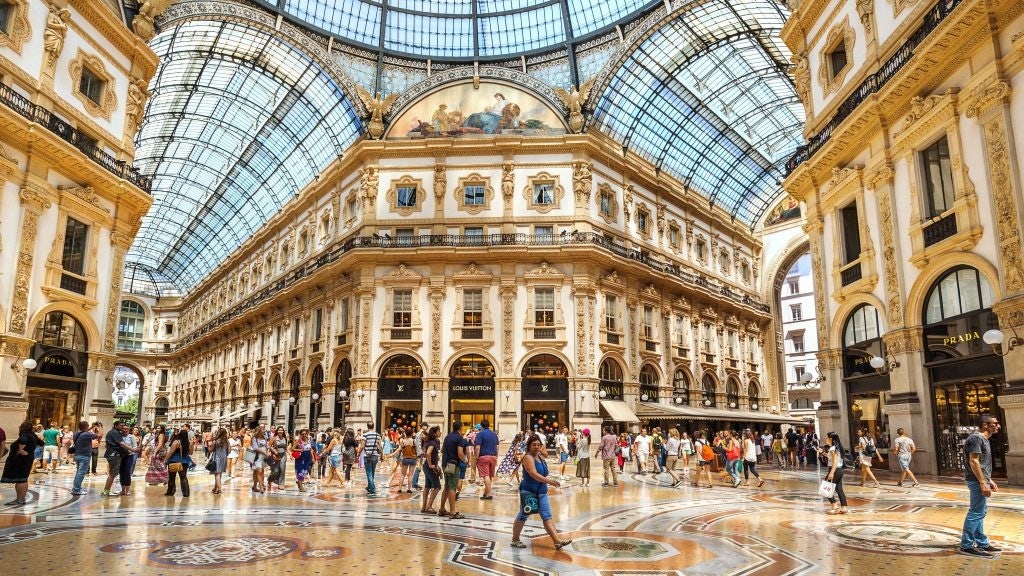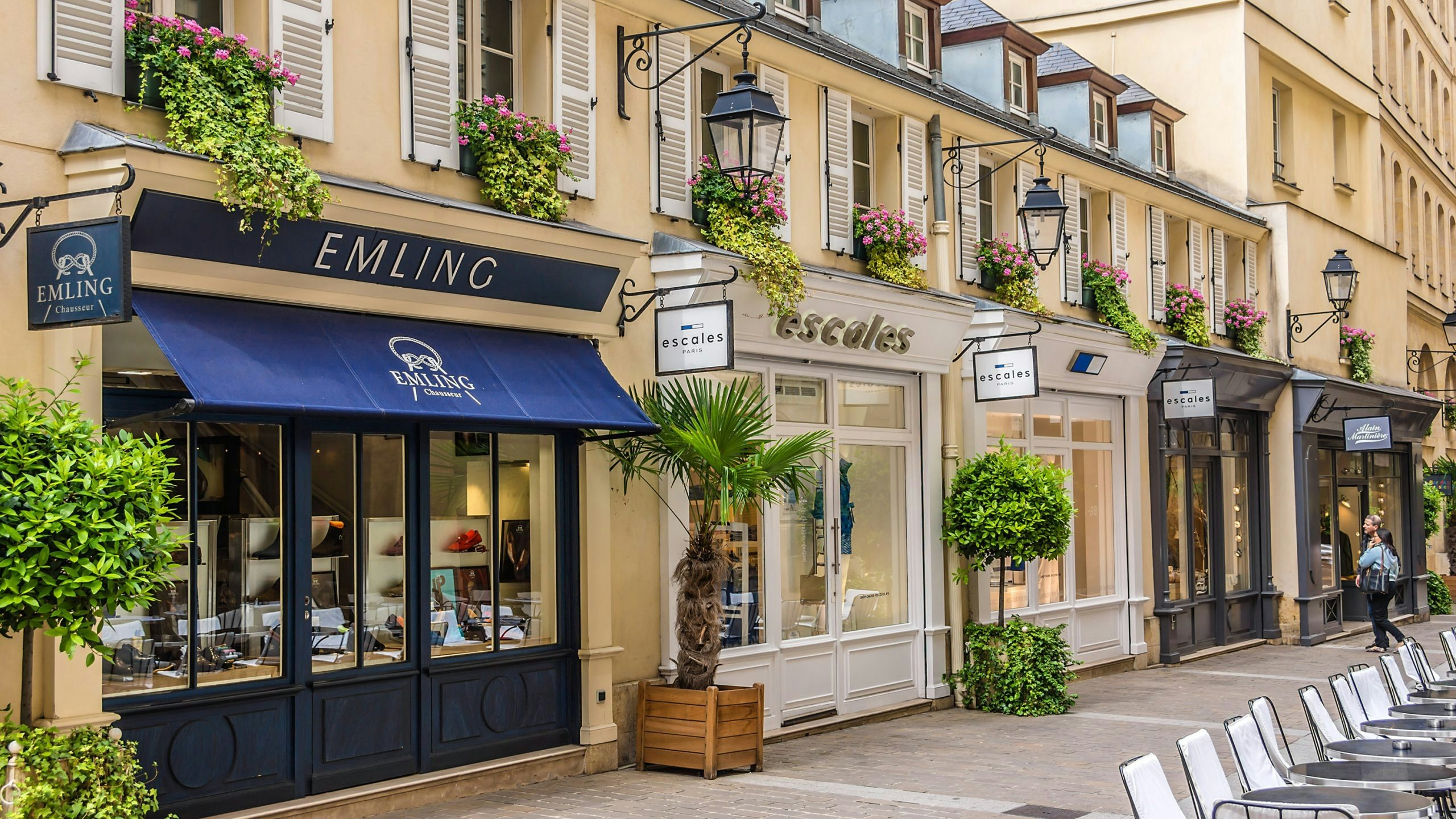What happened
A few months after China fully opened international borders in January, it's clear that the rebound of Chinese tourism to Europe will be different from pre-pandemic patterns.
Visitor numbers have not bounced back. According to travel data company ForwardKeys, ticket prices for China-to-Europe trips are 80 percent higher than pre-pandemic levels, while the number of passengers during the May Day holiday period decreased by 64 percent from 2019.
Traveling to Europe has become far more expensive for Chinese consumers, and demand is still below pre-pandemic levels. However, those who do make these long distance trips are spending more than before; data from value-added tax refund provider Planet, cited by Credit Suisse, also shows that the average transaction value for each Chinese tourist in Europe in March was 28 percent higher than in 2019.

The Jing Take
Data from several Chinese travel companies show that the return of Chinese overseas tourism occurred closer to home first, with Asian destinations like Thailand, Japan, South Korea and Singapore emerging as early favorites. Indications are that wealthier Chinese travelers are among the first to venture back to Europe.
It seems that Chinese shoppers are also looking to buy luxury closer to home rather than fly out to London, Paris or Milan to shop for their favorite European brands as they did before the pandemic. Singapore, for example, saw the total transaction value of Chinese tourist spending on the Alipay app almost double in Q1 2023 versus Q3 2022, with the average visitor spending 40 percent more than the previous quarter.
With the number of flights between China and Europe still limited, and many European hotspots still lacking the staff or infrastructure for the return of mass Chinese tourism to 2019 levels, there are still several hurdles to cross before we see a full recovery. Europe will likely have to wait until the end of 2023 or 2024 to see the return of large-scale Chinese tourism.
Credit Suisse notes that luxury goods businesses such as Cartier's parent company Richemont, Hermès, and LVMH are most likely to benefit from wealthy Chinese shoppers, despite weak travel demand. Recent stock market valuations support this view.
However, the shift in focus towards ultra-high-net-worth individuals (UHNWI) is significant. And luxury brands were some of the first to catch up. With the likes of Chanel, LV and Dior opening appointment-only VIP private boutiques in key Chinese cities last year and earlier, and LVMH underlining its commitment to enhancing its service and relationship with VIPs, it seems like HNWIs and UHNWI are emerging as the saviors of the industry, especially if the number of entry-level luxury consumers dwindle.
In light of America’s reported waning appetite for luxury, high-end brands will have to be even more adaptive to China’s growing HNW and UHNW consumers if they want to expand.
The Jing Take reports on a piece of the leading news and presents our editorial team’s analysis of the key implications for the luxury industry. In the recurring column, we analyze everything from product drops and mergers to heated debate sprouting on Chinese social media.


